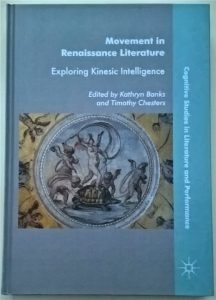James E. Cutting and Kacie L. Armstrong, ‘Cryptic Emotions and the Emergence of a Metatheory of Mind in Popular Filmmaking’, Cognitive Science, 42 (2018), 1-28, doi: 10.1111/cogs.12586.
I’m just not ready to start writing blog posts about Skelton’s poetry yet. Give me another week. Maybe being on strike will make me feel more in tune with the urgency of the satirical voice. I don’t really expect anyone reading this to be engaged by this dramatic announcement, but there it is anyway.
*
Here’s something interesting. Cutting and Armstrong tell a story about the history of cinema with psychological ramifications. They are interested in reaction shots, and especially what they call ‘cryptic reaction shots’: ‘They depict a facial gesture that reflects a slightly negative and slightly aroused emotional state. Their use at the end of conversations, and typically at the end of scenes, helps to leave viewers in a state of speculation about what the character is thinking and what her thoughts may mean for the ongoing narrative’.
Film-making, they say, ‘bootstraps from a large suite of psychological principles’, with ‘hard-won discoveries of framing, pacing, staging’ resulting from ‘trial and error’ and (crucially) some interesting ideas about our ways of understanding other minds seem to have ‘preceded systematic psychological study’. So they are advocating careful analysis of the history of film, because in order to make good work, creative artists have often had to have (at least) convincing and interesting ideas (may even good ideas, correct ideas) about how our thinking works.
So that seems to be pretty close to what this blog is partly all about: the pursuit of insights into psychological subtleties that can be drawn out of the literary tradition. So, yes, I enjoyed reading this article!
